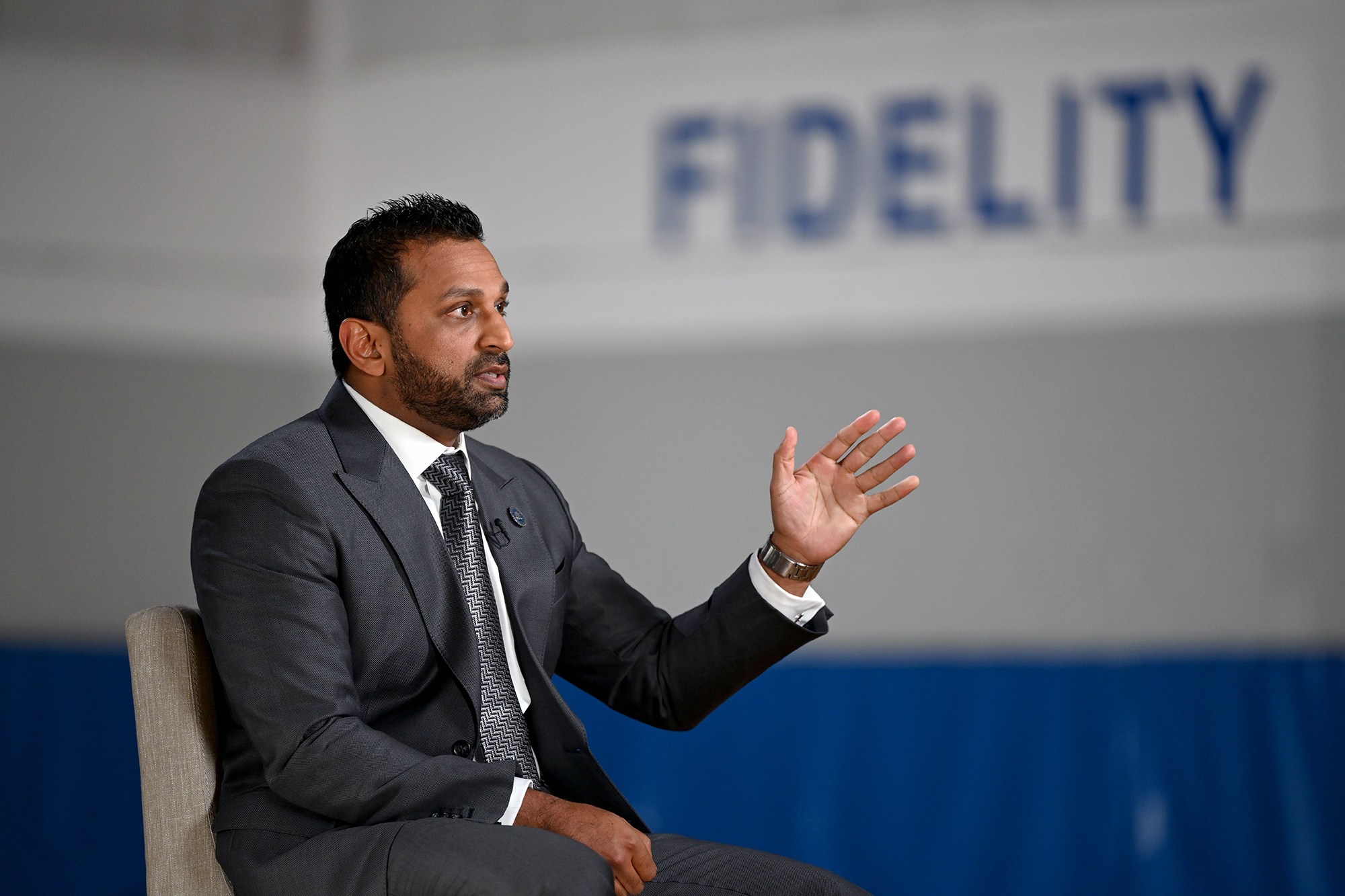The Little-Known Rule that Allowed Congress to Release Devin Nunes's Memo
Since last week, House Republicans have been pushing for the public release of a classified memo alleging government abuse of surveillance authorities and written by House Permanent Select Committee on Intelligence (HPSCI) Chairman Devin Nunes (R-Calif.). Relying on a little-known—and littler-used—House rule, the committee’s Republicans voted on Monday night to make the document public.
Published by The Lawfare Institute
in Cooperation With

Since last week, House Republicans have been pushing for the public release of a classified memo alleging government abuse of surveillance authorities and written by House Permanent Select Committee on Intelligence (HPSCI) Chairman Devin Nunes (R-Calif.). Relying on a little-known—and littler-used—House rule, the committee’s Republicans voted on Monday night to make the document public.
Much of the process around releasing the memo has taken place behind closed doors. Additionally, the executive branch appears torn by disagreement: the Justice Department and FBI Director Christopher Wray have both asked Nunes to hold back from releasing the memo, while President Trump reportedly supports its publication. So, from the perspective of House rules, it’s not entirely clear what’s going on. But to the extent that there exist procedures guiding the House Intelligence Committee through this process, they’re spelled out in the Standing Rules of the House.
Specifically, the guidance comes from Rule X of the Standing Rules, which governs committees and their jurisdictions. Clause 11 of Rule X covers HPSCI, with paragraph (g) delineating the process the committee can use to disclose classified information if “the public interest would be served by such disclosure.”
Once a member of the committee requests such a vote, the committee shall meet within five days to vote on the matter. (That’s what took place last night when the committee convened to vote on the memo’s release.) If the committee approves the public disclosure of classified information that was submitted to it by the executive branch, and the executive branch asks for the information to remain secret, the committee must notify the president about its decision. (Because of the closed nature of the process, and the disagreement within the executive branch, it’s unclear whether the executive branch made a formal request to keep the memo under wraps, but House Republicans are certainly behaving as if that happened.) From there, another five-day clock begins ticking. Once that five-day window expires, the committee may release the information unless the president “personally in writing” has notified them that the disclosure of the information presents a “threat to the national interest … of such gravity that it outweighs any public interest” in the release.
If the president does issue such an objection, the committee has two choices. It can let the matter die, or it can, by majority vote, refer the issue to the full House for a vote. If the committee does send the question to the full chamber, yet another clock begins ticking. If the HPSCI chair does not move to take up the matter within four calendar days on which the House is in session, then any member has the ability to interrupt the House’s daily order of business to move to consider the question in closed session. Debate on whether to disclose the information is limited to two hours.
This provision, and the companion procedures available in the Senate, date to the creation of the respective chambers’ intelligence panels in the 1970s. When Senate Government Operations Committee chairman Senate Abraham Ribicoff (D-Conn.) called for the creation of a new permanent intelligence committee in conjunction with the Church Committee’s work, the question of how to handle public disclosure of sensitive information was among the key structural issues he identified. Senators debated questions of procedural design on the floor of the chamber--including, for example, whether the new committee would have the power to overrule presidential objections or whether the full chamber would have to vote.
The Senate’s debate over their procedures—which are very similar, though not identical to, the House’s—reflected confidence that the Senate and the president alike would not take the task lightly. The determination of whether to support disclosure, argued Senator Alan Cranston (D-Calif.), would be one “which each Senator must make for himself ... using the standard and balance of competing considerations which he deems appropriate” (Congressional Record, 5/19/76, p. 14657). As for the president, said Senator Ribicoff:
So it is obviously our intention that the President would not act capriciously, but only act if it were a matter of gravity. Of course, none of us could tell the President of the United States what he considers to be a grave matter. I would assume, on the basis of comity, that the President certainly is not going to abuse his discretion. It is my feeling that the President will act responsibly, as I would expect the intelligent oversight committee would act responsibly, in determining whether a matter should be publicly disclosed.
I would imagine that the President would seldom issue a certification under this procedure, so as not to wear out his standing with the Senate. Yet I would not want to put into the definition what the President must consider a matter of gravity. I am confident the President will not act capriciously and that he will only act to certify that the matter should not be disclosed if he thinks that the threat to the national interest posed by such disclosure is of such gravity that it outweighs any public interest in disclosure. (Congressional Record, 5/19/76, p. 14657)
Despite the careful attention paid to the construction of these procedures, they’ve lain dormant in both chambers since their creation. Even during high-profile recent conflict between Congress and the executive branch over the Senate report on CIA detention and interrogation, there was no formal effort to trigger the process. Like many inter-branch interactions, however, a set of formal procedures on the books may have influence even if they are not actually deployed. As Mort Rosenberg (a congressional oversight expert now at the Constitution Project) has written:
“[The disclosure process] was obviously not meant to be a first resort. But the procedure has sufficient intermediate stages to increase the pressure for accommodation. It requires the president to take personal responsibility for a decision to maintain the secrecy of documents over the intelligence committee’s objections, and to provide an explanation for that decision.”
While using the procedures to compel the release of the Nunes memo—and potentially the counter-memo prepared by the Democratic minority—may be new specific ground for Congress, the general idea is familiar to Congress watchers. Rules and procedure—even those which seem arcane and lost to the past—can serve as one useful tool among many as members seek to achieve their particular partisan goals.




